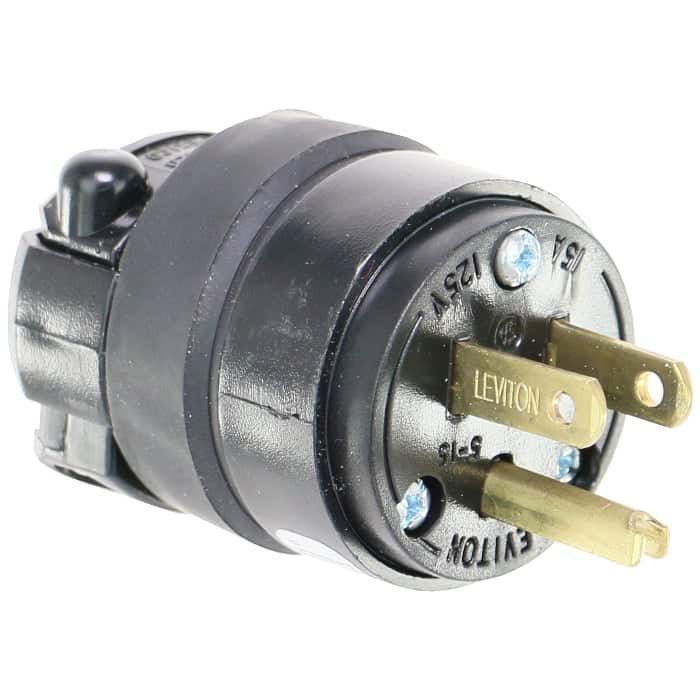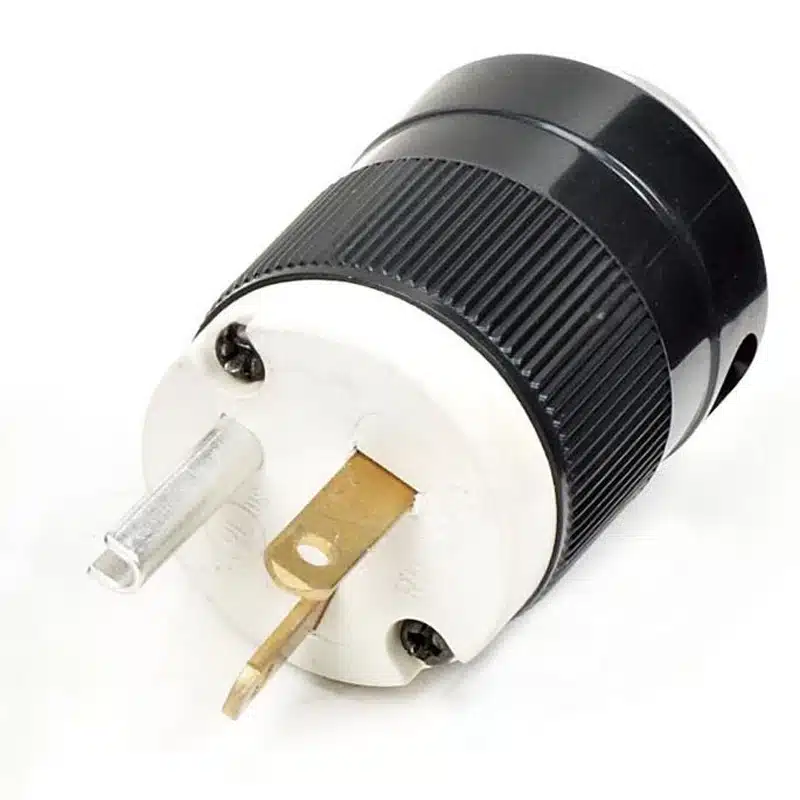From lighting our homes to running essential appliances and devices, electricity plays a crucial role in our modern society.
Voltage is a vital parameter in the electrical system, describing the pressure that pushes electricity through wires and to residential homes. The standard voltage is 120 volts for most electrical systems in American households. However, some devices require 115 volts instead of 120 volts.
This article will explore the difference between 115 and 120 volts, their historical background, and the implications for electrical systems.
The Difference Between 115V and 120V Outlets
The main difference between 115V and 120V outlets is that the latter provides more power to plugged-in devices.
Some believe connecting a 115V light to a 120V outlet will make the bulb emit light more intensely. While the assumption is true, the trade-off is that the light will run out quicker.

Others believe all heavy-duty appliances require 240V receptacles, but this isn’t accurate. A 115V outlet can also power an oven, but a 240V outlet is preferable because it will heat it more quickly. The former remains a decent voltage provider, just one that provides it at a slower pace.
Another thing to note is that powering heavy-duty appliances from low-capacity outlets is discouraged because it may overheat the circuit and pose a fire risk. However, the voltage difference is negligible in the case of 115V vs. 120V outlets.
In terms of aesthetics, both receptacles have the same design. They contain three openings with neutral, hot, and ground wires. The 115V power plugs are the same as the 120V ones, meaning you can plug the same gadgets into 115V and 120V outlets.
Finally, the two outlets cost the same.
So, Which One Is Better?
Since 115V and 120V receptacles are equal in most aspects, neither choice is superior. There are no benefits to using 120V over 115V, nor could we find flaws with one option that the other does not have.
As previously stated, connecting a 115V light to a 120V outlet may increase its brightness or intensity. However, it will impair its durability.
Furthermore, heavy-duty appliances like the oven will still function properly with a 115V outlet, but they’ll work more slowly.
As a result, you can’t say that one choice is superior to the other. The only sensible action is to check the label on the device’s power plug to see how much energy it requires to operate at full capacity. If the label specifies 115V, connect this gadget to a 115V outlet.
Things to Consider When Using 115V and 120V Outlets
While there’s no clear difference between a 115V and 120V outlet, there are some factors to consider when using them to power appliances and gadgets.
The Safety Factor
Electrical systems are designed to operate within a specific voltage range. The voltage exceeding this range damages electrical devices or poses a safety risk.
For example, if the voltage is too high, it may cause a power surge. If the voltage is too low, it may lead to overheating or electrical fires.
The 5-volt difference between these two outlets is too small to represent a serious safety risk. However, for your peace of mind and for the devices’ optimal performance, it’s essential to maintain the proper voltage range and plug appliances like microwaves, ovens, dryers, and fridges into their dedicated 240V circuits.
Voltage & the Power Consumption of Devices
The voltage affects the power consumption of devices, and even a slight variation can lead to higher electricity bills. Therefore, it’s essential to select electrical devices designed to operate within the voltage range of the electrical system. This choice will help reduce energy consumption and electricity bills.
A Trip to Memory Lane: The Development of Electrical Systems in America
The development of electricity in America is fascinating. Thomas Edison constructed the first electrical power plant in New York City in 1882. The device produced 110V of direct current electricity (DC power).
However, in 1892, a novel approach was developed by Ganz & Co., producing 220 volts of alternating current (AC). Because of the higher voltage, it was possible to transmit electricity over extended distances, decreasing the need for power plants.
Over time, the demand for electrical power grew, and the electrical grid expanded. However, the voltage of the electrical system varies depending on location. For example, some areas have 110V, while others have 115 or 120V.
In 1927, the National Electrical Code (NEC) established a standard voltage of 120V for most electrical systems.
Can I use a 115V Power Plug in a 120V Outlet?

You certainly can. After all, 115V plugs and 120V outlets have the same design. Manufacturers design their products knowing that the voltage will vary between 120V and 110V or go even lower. So, the 5V differential is insignificant when plugging a 115V device.
Can I use a 120V Power Plug in a 115V Outlet?

You can also plug a 120V device into a 115 outlet. Higher-voltage power plugs fit into 115V outlets, but the electricity powering them will be reduced. Fortunately, the 5V difference is not large enough to significantly affect the appliance. Manufacturers account for minor voltage variations when they create appliances and devices
Conclusion
There’s almost no difference between 115V and 120V outlets. The only distinction is that the latter provides 5V more power. Their design and price are the same.
However, while both outlets are able to power all kinds of appliances, it’s important to ensure that the electrical circuit they’re connected to operates within the correct voltage range.
For example, if the voltage is too high, it can damage electrical devices. Conversely, devices may not function correctly if the voltage is too low.
This isn’t something to worry about regarding 115V and 120V outlets because their difference is only 5 vats, but it’s good to know these things.
Excellent. Thanks.